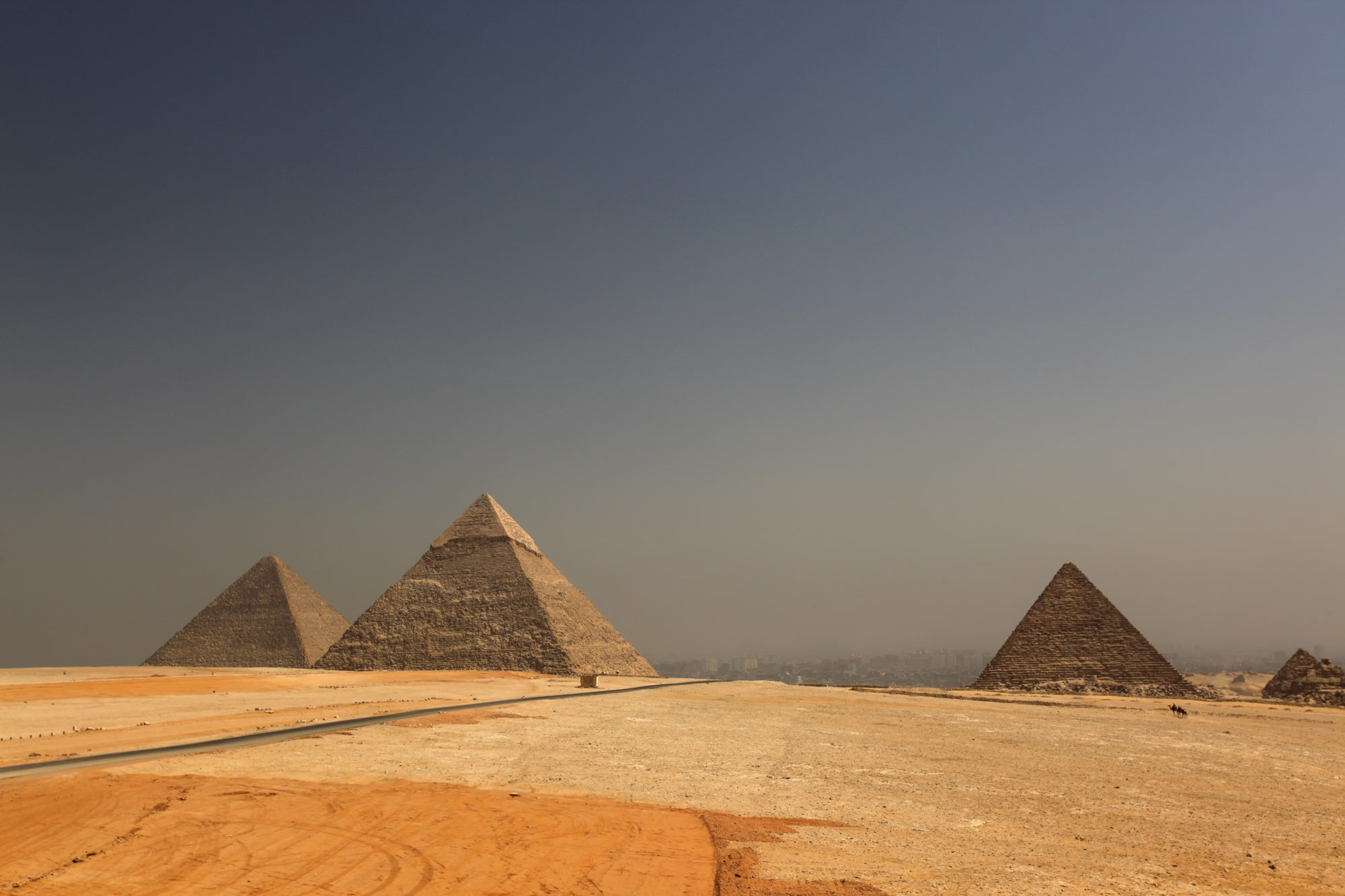From Prehistory to the Modern World
Gypsum is vital for the interiors of all buildings where people congregate, from homes, offices, schools and shops to factories and airports. It provides everyday acoustic and thermal comfort, along with strength and fire resistance. Many modern interiors would not exist without the versatility of gypsum.
The History of Gypsum
Gypsum is a mineral that has been used as plaster for construction and decoration for thousands of years. Gypsum has been found in:
- Floor screed in building remains in Israel, 7000 BC.
- An underground fresco in the Neolithic city settlement of Çatalhöyük, Anatolia (now modern Turkey), around 6000 BC.
- Mortar in the Cheops Pyramid, Egypt, 3000 BC.
- Decorations and illuminated manuscripts throughout the Middle Ages and the Renaissance.
- On the ceiling of the Sistine Chapel, in Rome. Michelangelo painted his masterpiece on gypsum plaster,1508-1512
In 1888, the American Augustine Sackett invented a machine for producing plasterboard - also known as gypsum board, wallboard, and drywall - from layers of paper and gypsum. The first plasterboard plant was built in the USA in 1901.

“The beauty of gypsum is its sustainability: from extraction, processing and construction to recycling. Gypsum is at once a natural resource and an industrial resource.”
In 1908, plasterboard manufacturing was improved by the American Stephen Kelly. He patented a gypsum core with a layer of paper on each side. Modern plasterboard was born.
In Europe, the first modern gypsum plasterboard plant was built in the UK in Liverpool in 1917 and the second in London in 1926. In continental Europe, Latvia had the first factory, in Riga in 1938.
In addition to plaster and plasterboard, Gypsum can also be used:
- as a filler and fire retardant in plastic products.
- in Portland cement (the mostly widely used type of cement), and in special cement products.
- as a plant fertiliser.
- as a modelling material for dentistry.
- in plaster bandages to set broken bones
